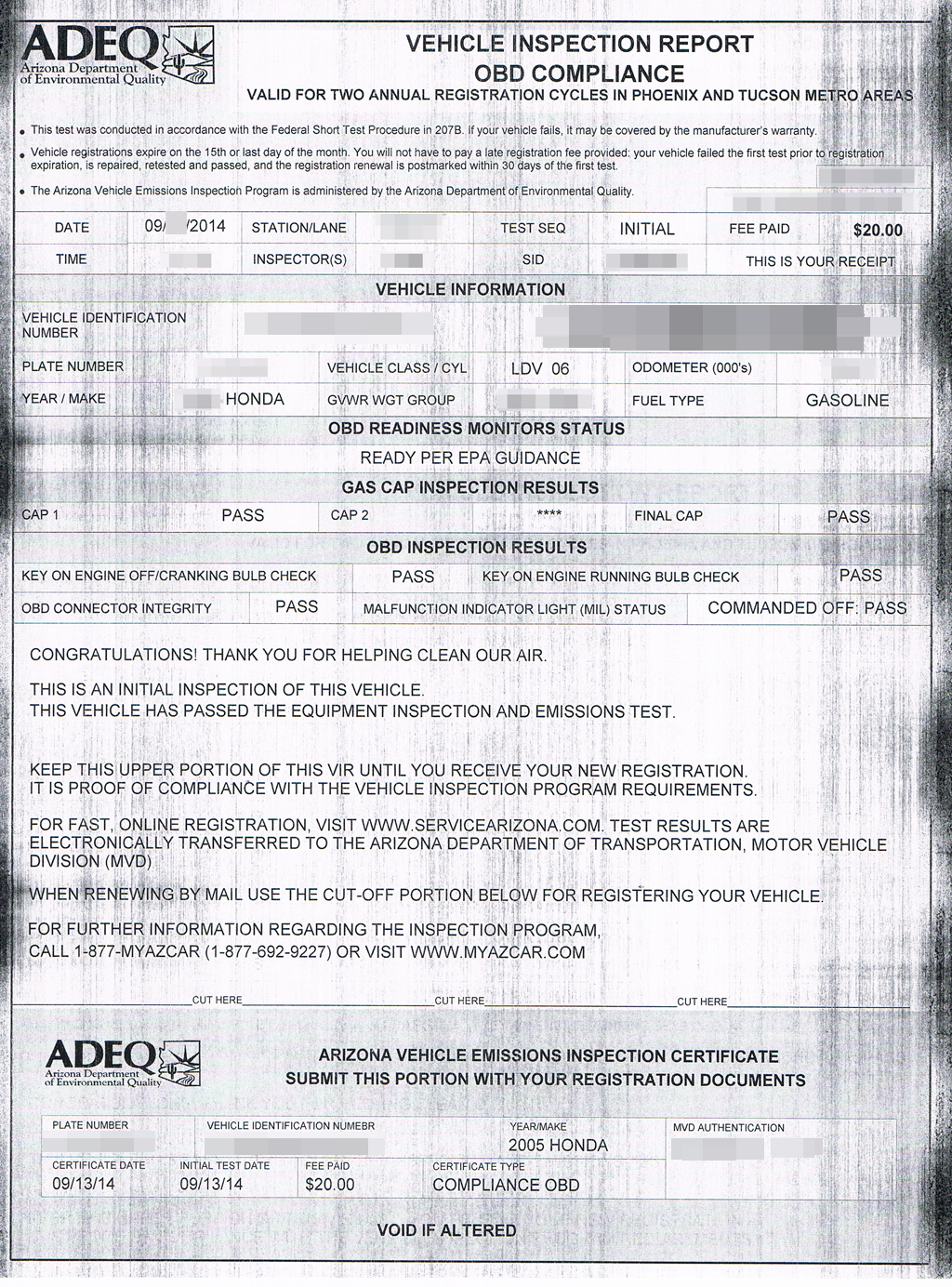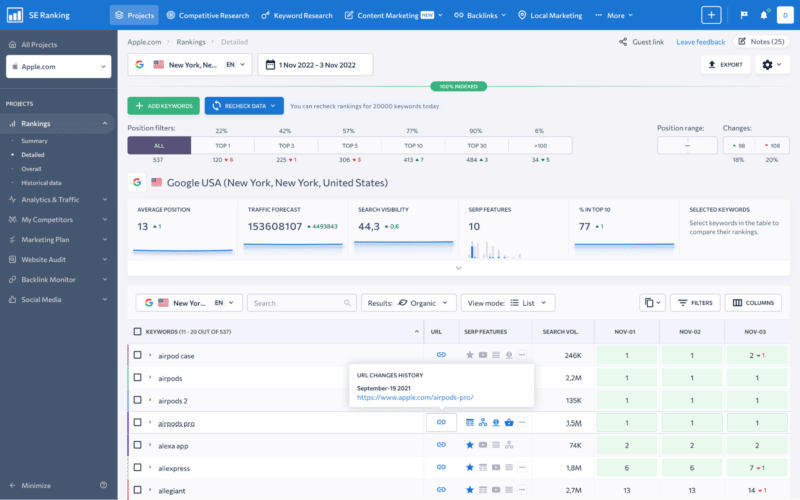3 Simple Steps for Emissions Testing Paperwork

Emissions testing is a crucial aspect of vehicle maintenance and environmental responsibility, aimed at ensuring vehicles meet certain environmental standards to curb air pollution. While the process of getting your vehicle's emissions checked can be straightforward, the paperwork involved can sometimes be confusing. Here are three simple steps for handling the emissions testing paperwork effectively.
1. Gather Necessary Documents

Before heading to the emissions testing facility, it’s essential to have all necessary documents in order to avoid any delays. Here are the documents you typically need:
- Vehicle Registration: This proves ownership of the vehicle. Make sure it’s current.
- Vehicle Identification Number (VIN): This unique identifier for your vehicle is often needed at the test site.
- License Plate Number: Have this ready to provide to the testing technician.
- Proof of Insurance: While not always required, having this document can streamline the process.
📝 Note: Some states might require additional documents, so check local regulations for specific requirements.
2. Understand the Process

Understanding what happens at an emissions test station can reduce anxiety and speed up the process. Here’s what typically occurs:
- Pre-Inspection: Your vehicle might go through a quick check to ensure it’s safe to test (e.g., checking tire pressure or if the ‘check engine’ light is on).
- Emissions Test: The actual emissions are measured through the vehicle’s exhaust system. Results are recorded.
- Documentation: You’ll receive a pass or fail document. Here’s where your paperwork comes in:
- If you pass, you’ll receive a certificate or sticker as proof.
- If you fail, you’ll get a report outlining the reasons, which you might need for repairs and a retest.
💡 Note: Know that some facilities might have specific procedures for handling the documentation, so always follow their instructions.
3. Managing Post-Test Paperwork

After the emissions test, handling the paperwork correctly is crucial, especially if your vehicle has failed the test or if you need to present the certificate elsewhere:
- Keep Documentation Safe: Store your emissions certificate in a safe place like your glove compartment.
- Repairs Documentation: If your vehicle failed, you’ll need to document:
- Proof of necessary repairs or adjustments.
- Details of the repair shop for future reference.
- Retesting and Exemptions: Be aware of:
- Retesting procedures if your vehicle fails initially.
- Possible waivers or exemptions if your vehicle qualifies.
- Registration Renewal: Some areas require you to present your emissions test results during vehicle registration renewal. Keep this in mind.
📁 Note: Always keep copies of all documents related to emissions testing, especially if disputes or claims arise in the future.
By following these steps, managing the paperwork for emissions testing can become a simple task, ensuring that your vehicle remains compliant with environmental regulations while allowing you to continue your road journey with peace of mind. Remember, it's not just about passing a test; it's about contributing to a cleaner environment through responsible vehicle maintenance.
Why is emissions testing important?

+
Emissions testing helps reduce air pollution by ensuring vehicles meet emission standards, thus contributing to environmental conservation efforts and public health.
What happens if my vehicle fails an emissions test?

+
If your vehicle fails, you will receive a report detailing the issues. You must get these fixed and retest within a specified time frame, or you may face penalties or registration issues.
Can I exempt my vehicle from emissions testing?

+
Yes, some vehicles might qualify for exemptions based on age, usage, or special circumstances. Check with your local DMV or emissions program for specific exemption criteria.